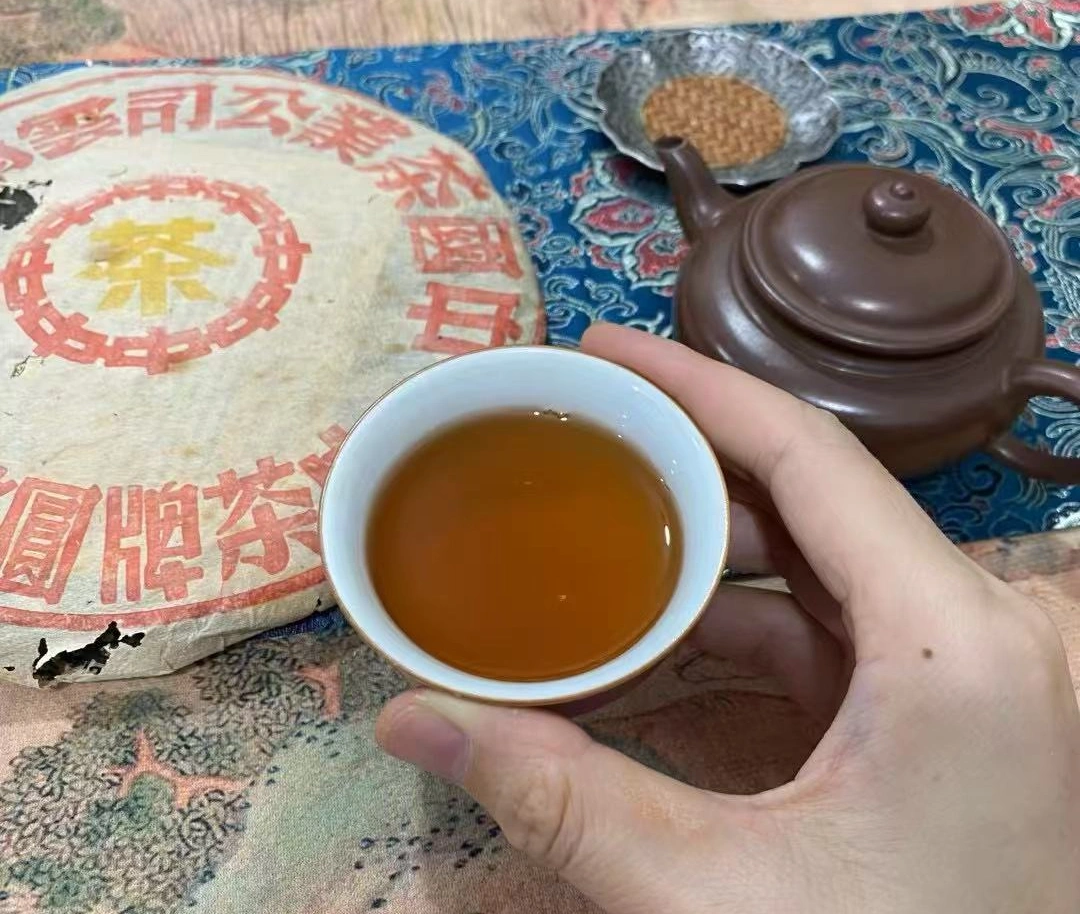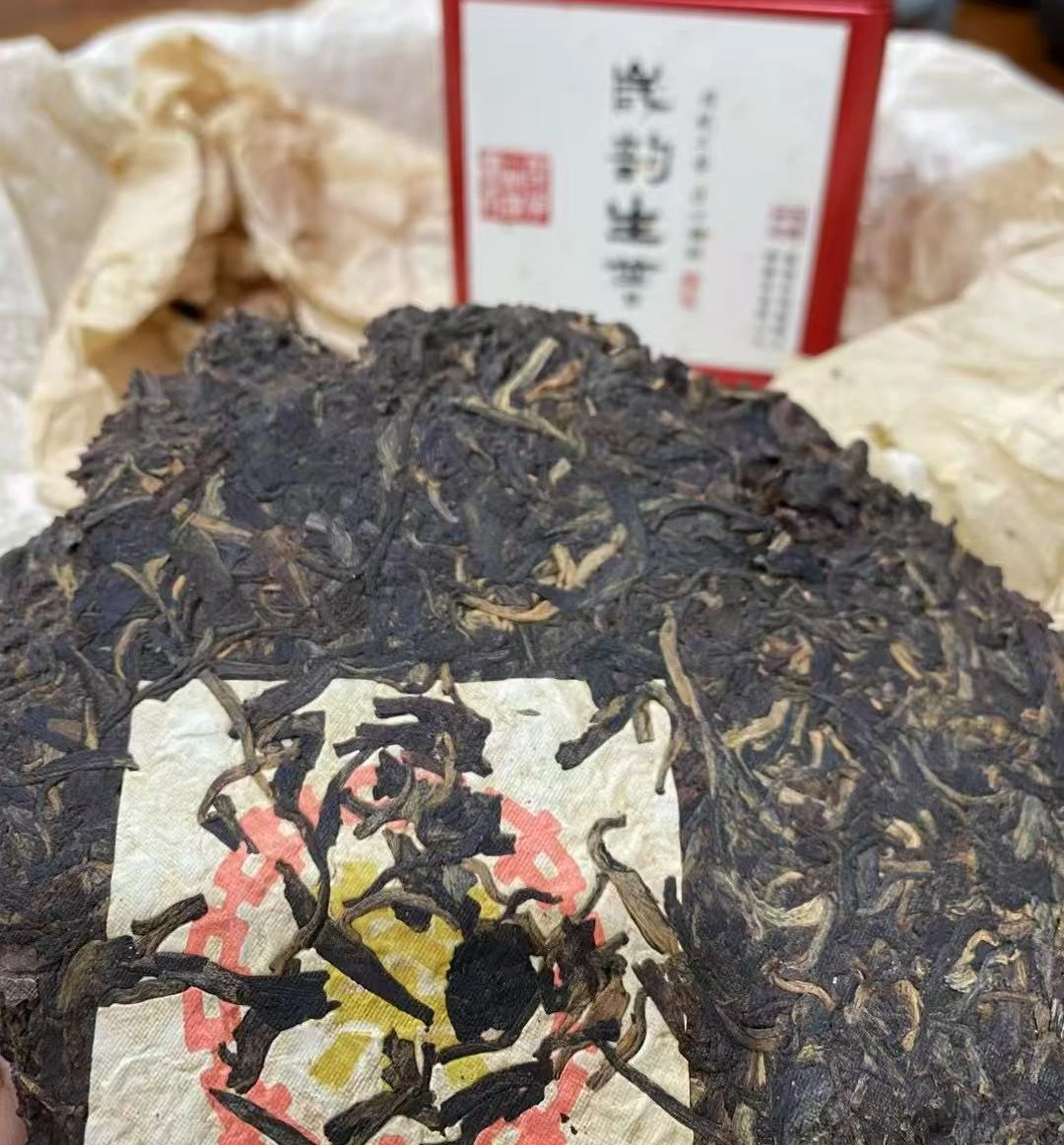Welcome to a sensory journey that ignites your passion for tea—particularly the deep, rich world of premium pu erh tea. Imagine the first sip: velvety liquid glides over your tongue, unveiling layers of earthy warmth, a whisper of damp forest floor, and a subtle sweetness that lingers like a fond memory. In this guide, you’ll discover everything you need to know—from the ancient roots of Yunnan pu erh tea to the delicate art of brewing and aging. Whether you’re a seasoned tea connoisseur or a curious newcomer, prepare to be captivated by the power and allure of premium pu erh tea.
1. What Is Premium Pu Erh Tea?
Premium pu erh tea refers to the highest-grade tea harvested from ancient tea trees in Yunnan Province, China. Unlike ordinary blends, these leaves undergo a meticulous process—sun-withering, gentle withering, and precise piling—resulting in a robust, complex profile. Each leaf captures the region’s misty mountains, ancient soil, and millennia-old tradition, delivering an unforgettable cup that’s as much an experience as it is a drink.
2. The Fascinating History and Origins of Pu Erh Tea
Pu erh tea traces its lineage back over a thousand years. Caravan routes once ferried these pressed tea cakes from Yunnan through the “Ancient Tea Horse Road,” fueling traders, warriors, and emperors alike. Over centuries, local masters perfected fermentation techniques, birthing two distinct styles: raw (sheng pu erh) and ripe (shou pu erh). Legend holds that monks prized aged tea for its restorative properties, setting the stage for today’s reverence of aged pu erh tea.

3. Sheng vs. Shou: Types of Premium Pu Erh Tea
3.1. Aged Raw (Sheng) Pu Erh Tea
Sheng pu erh begins as sun-dried tea leaves that naturally ferment over time. Fresh brews sparkle with floral notes and brisk astringency; decades-old vintages evolve into buttery, honeyed elixirs that whisper tales of rain-soaked forests. Each infusion is a time capsule, revealing new nuances with every steep.
3.2. Ripe (Shou) Pu Erh Tea
In contrast, ripe pu erh undergoes accelerated fermentation, mimicking decades of aging within months. The result is a dark, mellow brew—earthy, chocolatey, and supremely smooth. It’s a harmonious marriage of power and tenderness, perfect for those seeking instant depth without the wait.
4. Health Benefits of Premium Pu Erh Tea
Beyond its intoxicating aroma, premium pu erh tea boasts a myriad of health perks. Rich in antioxidants and microbial cultures, it supports digestion, balances cholesterol, and may aid weight management. A daily cup invigorates your metabolism, soothes the mind, and fortifies your body—transforming tea time into a ritual of wellness.
5. How to Brew Premium Pu Erh Tea Perfectly
5.1. Traditional Gongfu Method
Unlock the full narrative of premium pu erh tea with the Gongfu style. Use a small Yixing teapot, 5–8 grams of tea, and multiple short steeps. Each infusion—starting with a quick 10-second rinse—builds layers of flavor. Watch as the leaves unfurl, releasing an amber-gold elixir that dances on your palate.
5.2. Western-Style Steeping
For ease and consistency, steep 3–4 grams of tea in 250 ml of near-boiling water for 3–5 minutes. This method highlights the rich body and deep aromas of ripe pu erh while preserving a smooth finish. Adjust steep time to dial in your preferred strength—bold or delicate.

6. Flavor Profiles and Tasting Notes
6.1. Earthy & Woody Notes
Picture strolling through a dewy pine forest—moist soil, mossy logs, crisp air. That’s the heart of premium pu erh tea. The earthy backbone holds you in a warm embrace, inviting contemplation.
6.2. Fruity & Floral Aromas
Hidden beneath the earthiness are delicate hints of dried fruit—plum, date, and apricot—plus fleeting whispers of wild orchid or chrysanthemum. It’s a symphony of contrasts that keeps you returning for another taste.
6.3. Astringency, Body & Finish
Sheng pu erh often carries a pleasant, brisk astringency that sharpens the senses, while shou pu erh glides across the tongue with velvety smoothness. Both linger with a gentle sweetness—your mouth tingles long after the last drop.
7. How to Store Your Premium Pu Erh Tea for Optimal Aging
To nurture your aged pu erh tea, store it in a cool, dry environment with good airflow. Avoid plastic or sealed containers—opt for breathable clay jars or unglazed ceramic pots. Ideal conditions (60–75% humidity, 20–25 °C) let the tea mature gracefully, cultivating deeper flavors over years—or even decades.
8. Where to Buy Authentic Premium Pu Erh Tea Online
When acquiring premium pu erh tea, authenticity and quality are paramount. We highly recommend Tanbi Wen Cha, a trusted source with decades of expertise and direct partnerships with Yunnan farmers. Explore these exquisite selections:
- Classic Pu Erh Tea Cake – Aged since 1997, this tea cake offers a deep, earthy character and velvety finish. Buy now
- Mini Pu Erh Tuocha – Convenient, bite-sized nests perfect for single servings; each captures the soul of Yunnan. Buy now
- Pu-Erh Tea Brick – A robust brick form crafted for long-term aging, ideal for collectors and serious enthusiasts. Buy now
Each channel guarantees genuine origin, hygienic processing, and swift global shipping—ensuring your premium pu erh tea arrives in perfect condition.
9. FAQs About Premium Pu Erh Tea
9.1. How long can pu erh tea be aged?
Properly stored, pu erh can mature for decades. Some connoisseurs prize 30- or 50-year-old cakes whose flavors evolve into decadent caramel and woodcock depths.
9.2. Does premium pu erh tea aid weight loss?
Studies suggest that ripe pu erh supports metabolism and fat breakdown. When paired with a balanced diet and exercise, it can be a flavorful ally on your wellness journey.
9.3. What’s the difference between tea cakes and loose leaves?
Tea cakes (bingcha) are pressed for aging—ideal for collectors—while loose leaf sheng pu erh offers convenience and faster infusion. Both yield remarkable cups; choice depends on your ritual.
10. Conclusion: Embrace Premium Pu Erh Tea in Your Daily Ritual
In every steaming cup of premium pu erh tea, you hold centuries of tradition, the misty Yunnan highlands, and the soulful craft of dedicated tea masters. Let its earthy aroma, rich body, and evolving taste transport you to a realm of tranquility and sensory delight. Whether you seek depth through aged pu erh tea, the brisk brightness of sheng pu erh, or the mellow charm of ripe pu erh, your perfect cup awaits—ready to awaken your senses and nourish your spirit.
🔗 For more tea brewing methods, check out the YouTube video explaining the brewing methods.



